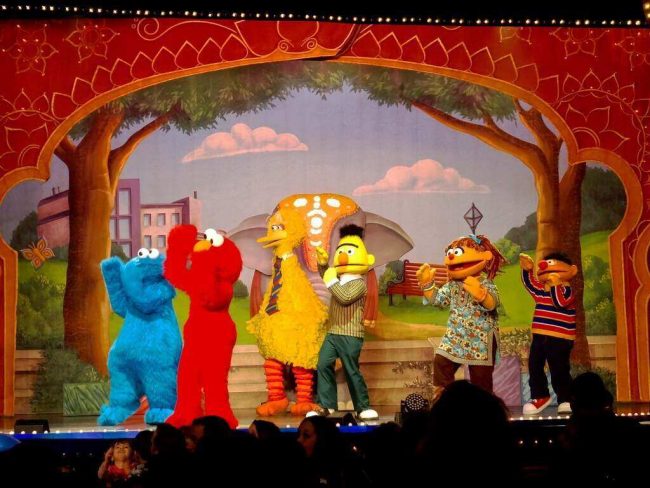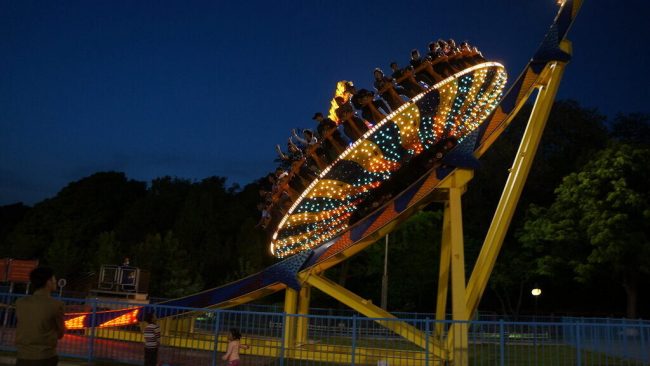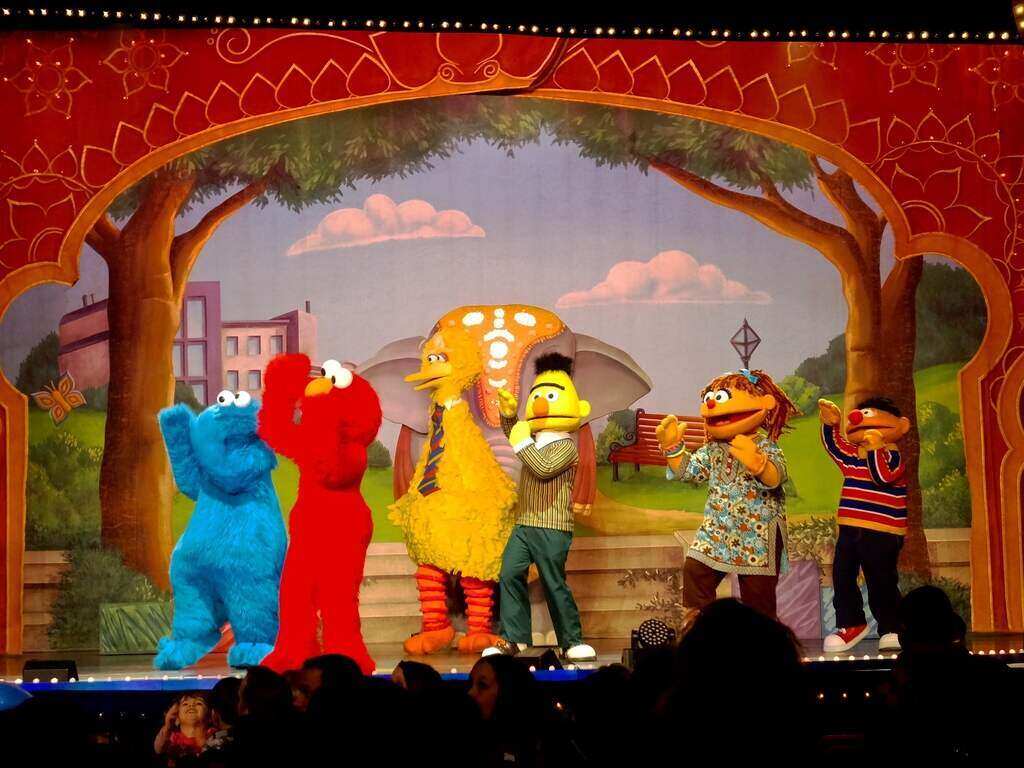|
Getting your Trinity Audio player ready...
|

In Philadelphia, some of the Sesame Place characters are accused of racially discriminating against a Black family. They filed a lawsuit against the Sesame Place amusement park at SeaWorld Parks & Entertainment in Pennsylvania federal court Wednesday, July 28, 2022. The class action lawsuit was filed by Quinton Burns and his child. He says that during their visit to Sesame Place, the workers dressed as Sesame Street characters. They only interacted with white visitors and children during the “Meet and Greet” event. Alleging the employees refused to interact with Black visitors and their children.
The costumed character performers were dressed as mascots for Sesame Street as the characters “Elmo,” “Ernie,” “Telly Monster,” and “Abby Cadabby.” According to the Burns family, they rejected to engage, “ignoring them and all other Black guests in attendance.” The workers are labeled as defendants in the lawsuit, which assert company leadership was previously aware that the four performers held racial biases. The family’s lawyers believe SeaWorld had real knowledge that John Does 1-4 have personal beliefs of racial bias towards Black people. They further stated that John Does 1-4 had the liability to discriminate against Black people based on their race or color.This isn’t the first time that discrimination in family amusement parks have affected Black families. The children’s TV series was conceived in the middle of the social justice, starting in 1969. As blended learning for children from disadvantaged backgrounds and an all-embracing showcase for Black and Hispanic actors. The state of Mississippi had banished the show from its airwaves in 1970 for having too diverse a cast.
The character Rosita had been around since 1991. She comes from Mexico and was Sesame Street’s first regularly showing bilingual puppet, toggling between Spanish and English, teaching children a different language. But the history of a radical and diversity on the TV show conflicts with the story of amusement parks in America.
In 1875, the Civil Rights Act incorporate a line mandating equal entrance to public understanding, but the supreme court wound up having to enforce that law. In 1904 at World’s Fair, which was being held in St. Louis in correspondence with a harmful summer athletic competition, then putting Black and brown bodies on display for what they considered to be some kind of cruel entertainment. A group of African pygmies branded as savages were also showcased in a empty room that had a walkway over the top so white visitors could point down and laugh, almost like a very disturbing zoo. A year later one of the men in the demonstration, Otis Benga, and he was downgraded to a Bronx Zoo display cage.
Amusement parks are what we now know them as today, says Victoria Wolcott, a University of Buffalo history professor. She wrote a book back in 2012 about Race, Riots, and Roller Coasters as it takes a very dark sadistic arc of public spare time, “emerged at the nadir of race relations”, as the country was carry on out of the reconstruction into segregation. The parks were often marketed with dog whistles like “clean” or “safe”, and they stationed parols at their gates to enforce the whites-only policy. If a Black family had happen on to the grounds back in these early days, they could have expected to be beaten, shedding blood for their mistake.
At Coney Island, park operators made games out of this savagery. The park was like many in the U.S. in the early 20th century. They had an attraction called the “African Dodger”, in which white people who held ticket would attempt to hit baseballs at the heads of actual Black people — a large number whom suffered broken noses, teeth and other serious injuries.
What’s Being Done?

“We stand before you here today simply trying to fight and protect little Black children and their fundamental civil rights,” The Burns’ attorney Malcolm Ruff said.
Although the court filing does not describe an exchange in detail, the legal action comes of the heels of a public apology from the Sesame Place amusement park officials to yet another Black family after another video went viral on social media showing two Black children seemingly insulted by the “Rosita” character.
That family was completely unaware of the class action lawsuit before its filing, a family representative told CNN. In addition to financial demands, the lawsuit asks the court to force the defendants to issue a formal apology to Black Americans, perform psychological screenings to avoid hiring racially bigoted soon-to-be employees, and provide existing employees with mandatory cultural sensitivity training and employee educational courses on the history of discrimination against African American people and provided by a mutually agreed nationally praised expert in the field of African and Black History and Culture.”
The class action lawsuit aims to correct dissimilar treatment endured by Black patrons of the park who have visited since late July 2018, the court filing says.
This class action lawsuit alleges that SeaWorld Parks & Entertainment, Inc. and SeaWorld Parks & Entertainment LLC, engage in widespread and horrific angsty race discrimination against children in the operation of Sesame Place Philadelphia.
Written by Zaylah De La Torre
Edited by Sheena Robertson
Sources:
The Guardian: Theme parks were not meant for Black families: why racism at Sesame Place is part of a shameful tradition by Andrew Lawrence
CNN: Family sues SeaWorld’s Sesame Place Philadelphia for alleged racist interaction by Lauren del Valle
Top featured Image Courtesy of AngstyRandi‘s Flickr Page – Creative Commons License
Insert Image Courtesy of Uri Tours’s Flickr Page – Creative Commons License



